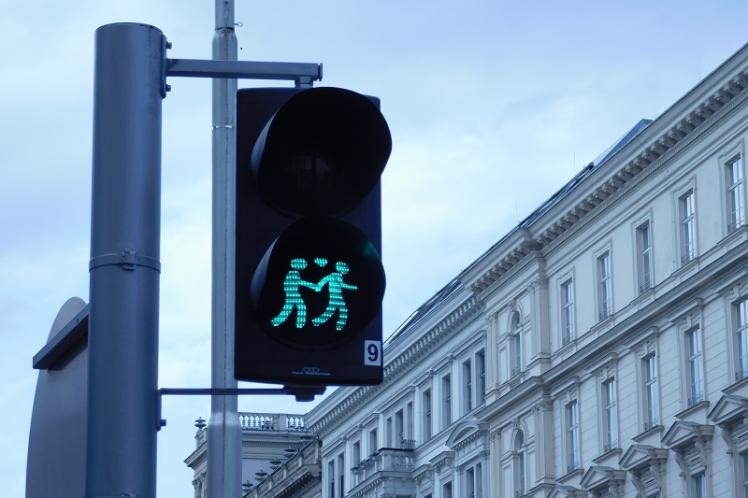The Role of Intersectionality in Workplace Equality

I recently learned the true meaning of intersectionality from the woman who coined the term herself: Kimberlé Crenshaw.
I had the pleasure of hearing her talk at Microsoft where, in a lighthearted, yet explicitly poignant way, she took the time to unpack a term that has been misused and misunderstood by many—perhaps on their noble quest for equality.
Through anecdotes and memorable real-life examples, Crenshaw creatively revealed that intersectionality is about understanding the multiple factors that impact a person’s unique perspectives and the numerous ways that person may be subject to discrimination because of those factors. In other words, when you consider the layers an individual can have - race, disability, gender and sexual orientation, experiencing equality looks very grim for them if each of these categories has historically been subject to disadvantage.
As I learned more about this concept, I couldn’t help but take an introspective look at how my own status as an immigrant in the US and being a Latino woman in tech has played, and continues to play, a part in this ever-evolving landscape of bias and injustice.
Yes, as a woman in tech I’m subject to being at a serious disadvantage in a world where women represent less than 2% of the workforce in the industry. Let’s be real: when talking about the wage gap alone in any industry, we can recognize that women as a cohort have always made less money than men, and the gap grows even larger when the color of the skin gets darker...
But pay is only one regard, in a sea of equality considerations. In my 20+ years of career spawning from banking to yachting to the tech industry, I have seen and experienced more discrimination and microaggression than I care to count.
Being raised in South Florida, a melting pot of cultures and races and a hub for Latinos and Hispanics, being an immigrant was more of the norm than the exception. I didn’t have to worry much about my accent, or accidentally saying a word in Spanish instead of English. Most people did that. It wasn’t frowned upon. I never felt discriminated for being of Latin descent. On the contrary, it served to my advantage to speak two languages when seeking jobs.
Ironically, it was being Latina that subjected me to another type of discrimination. I remember the first time I went into a board meeting with executives. I was so proud to have earned a seat at this powerful table and I was keenly aware of the fact that I was the only woman there. I wore a light grey pantsuit and possibly spent too much time stressing over how I could best look like I belonged at this important c-suite assembly. I overthought my appearance, rehearsed my words and even bought a new laptop suitcase to “look the part”! I armed myself with confidence - and 5-inch stilettos - and walked into the meeting ready to take over the world... only to be asked by my male counterpart to serve everyone coffee before the meeting started.
I am sure many - if not all - of you have similar stories where you have been treated in a way that opportunity does not present an equal outcome, though we’ve been talking about equality for many years now. I’d like to propose that this is because we haven’t taken the time to understand the factors and characteristics of individuals and how this may impact that opportunity. Furthermore, based on these very factors, notions such as equality and empowerment may mean different things to different people. It is only through empathy that we can begin to understand because empathy “involves the ability to emotionally understand what another person is experiencing.” (source: verywellmind.com)
If you would have judged equality by only looking at my grey suit, heels and paycheck at the time I was asked to serve coffee, you could have concluded the company probably treated its male and female employees the same. Nothing could have been further from the truth.
In order to genuinely consider intersectionality and achieve true equality, empathy must be at play. In my new book Brand Storytelling, empathy is the very theme of how to truly consider the human experience and how our content lands with them. I introduce Design Thinking as an innovative methodology to prototype stories and I’m careful to mention that this approach begins and ends with empathy. It was my own experience in using this model for storytelling that led me to dive deeper into the idea of becoming an empath as a practice.
When we consider empathy at various levels (cognitive, emotional and compassionate), we allow ourselves to zoom in and consider intersectionality (what does equity mean to an individual) as well as zoom out to consider equity at the collective level (what must be done so all of us can have the opportunity to achieve the same outcome?).
Taking action for equality begins with one small, but very important step: Empathy. Beyond awareness, we must choose to practice this humble, yet cathartic approach on a daily basis in our efforts to individually contribute to an equal world. Let’s be the change. #EachforEqual




